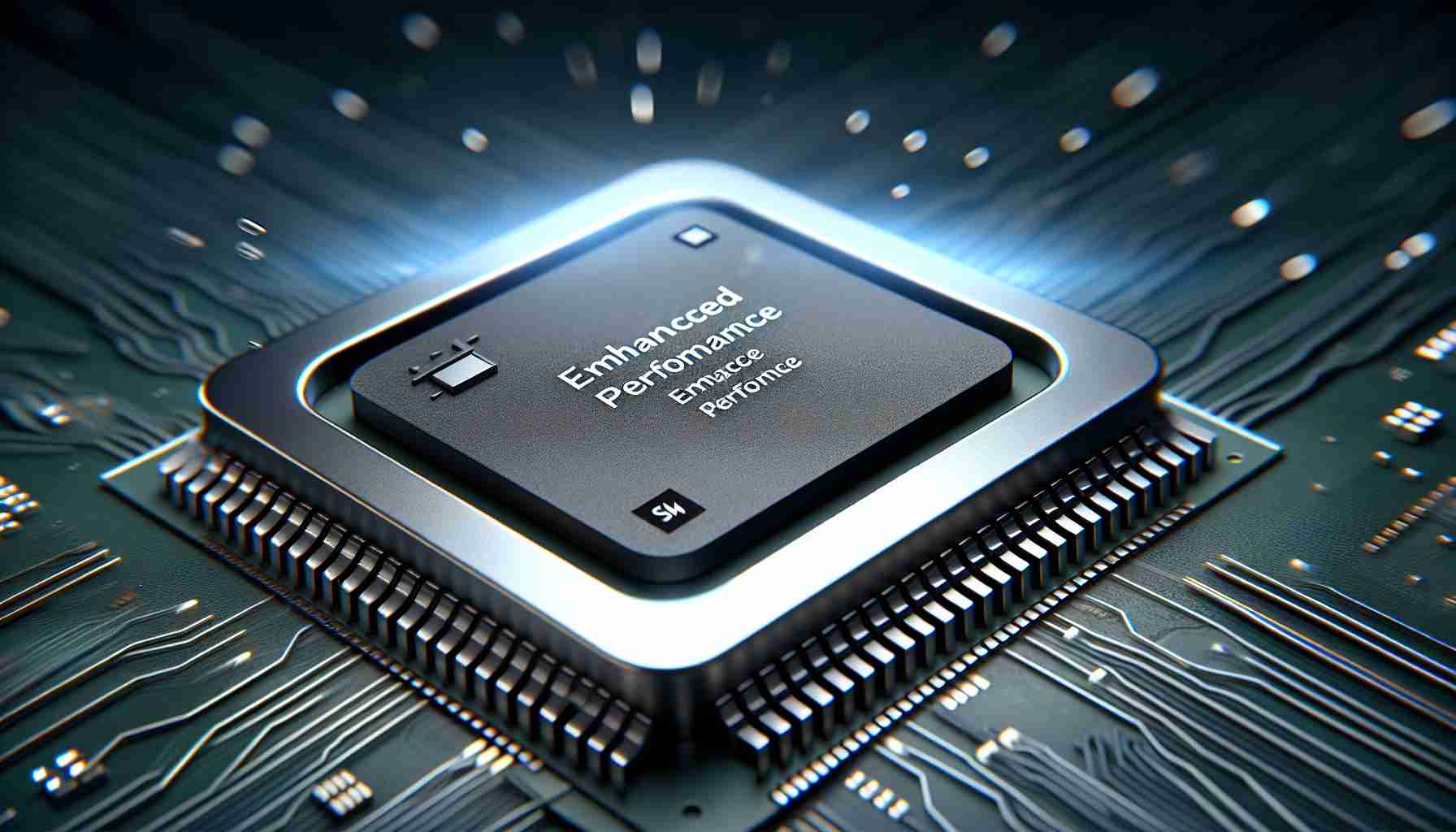Samsung Advances NAND Technology with a 33% Speed Boost
Samsung has recently commenced the large-scale production of its latest storage technology, the 9th-Generation V-NAND flash memory, which promises to deliver an impressive 33% increase in performance compared to its predecessor. This new development reaffirms Samsung’s top position in the flash memory sector.
Thanks to the smallest cell size and the slimmest mold in the industry, Samsung has achieved a 50% higher bit density with its new 9th-Gen V-NAND compared to the 8th-Gen version. The enhanced technology includes cell interference reduction and improved cell longevity, factors that significantly contribute to the quality and dependability of the product. Moreover, the elimination of unnecessary channel holes has notably downsized the physical space required by the memory cells.
Samsung’s Head of Flash Product & Technology, SungHoi Hur, expressed his enthusiasm for the new memory, highlighting the anticipation for the innovative 9th-gen V-NAND to significantly progress future applications. By continually pushing limits in architecture and operational techniques, Samsung aims to cater to the growing demands for NAND flash solutions, driving advancements particularly crucial for the incoming age of artificial intelligence (AI).
The company has also made strides in energy efficiency, announcing that the new generation of V-NAND will consume 10% less power due to sophisticated low-power designs. Mass production of the 1-terabit triple-level cell 9th-Gen V-NAND has started, and Samsung plans to introduce quad-level cell models later in the second half of the year 2024.
Enhanced Performance
Samsung’s latest 9th-Generation V-NAND memory marks a significant advancement in NAND technology. With a 33% speed boost, this new memory is designed to meet the high-performance requirements of modern computing and electronic systems. NAND flash memory is an essential component of many devices like smartphones, tablets, solid-state drives (SSDs), and servers. The higher speeds and greater density of this new V-NAND can lead to faster data transfer rates and more storage capacity in the same physical space.
Key Questions and Answers
– What is V-NAND technology?
V-NAND (Vertical NAND) is a type of flash memory where storage cells are stacked vertically, which stands in contrast to the traditional planar NAND which has cells arranged on a single horizontal plane. This allows for higher density and improved performance.
– How does Samsung’s 9th-Generation V-NAND compare to previous versions?
The 9th-Generation V-NAND offers a 33% improvement in read/write speed over the 8th Generation and a 50% increase in bit density.
– What are the applications of high-speed, high-density NAND memory?
They are used in devices that require large amounts of data storage and fast access times, such as smartphones, SSDs, and systems relying on AI and machine learning.
Key Challenges or Controversies
– Technology Complexity: With each new generation of V-NAND, the manufacturing process becomes more complex, potentially leading to challenges in yield rates and production costs.
– Market Competition: Other companies, like Toshiba and Western Digital, are also developing their own advanced memory technologies, which puts pressure on Samsung to continue innovating and maintaining competitive pricing.
– Environmental Impact: The environmental impact of producing high-tech semiconductor products like V-NAND is a concern, as the process typically consumes significant amounts of water and energy.
Advantages and Disadvantages
Advantages of the 9th-Generation V-NAND include:
– Increased Performance: The improved speed is beneficial for applications that require quick data access.
– Greater Storage Density: More data can be stored in the same physical space, which is critical for devices with limited size.
– Energy Efficiency: A 10% reduction in power consumption makes the devices using this technology more environmentally friendly and can help extend battery life in portable electronics.
Disadvantages may comprise:
– Cost: Newer technologies may be more expensive initially, which could be reflected in consumer prices.
– Technology Integration: Systems will need to be designed or updated to fully utilize the performance of the new V-NAND, possibly requiring additional investment in the short term.
For further information about Samsung’s technology advancements and products, visit the official Samsung website at samsung.com. Please note that the link provided above leads to the main domain and not to a subpage, as requested.
The source of the article is from the blog regiozottegem.be
